✓ Joining us on our Whatsapp Channel: 💬 Explore and Escape!.
Booking through us:
✓ 🏩 🛌 Handpicked Luxury Stays in Budget: Booking.com | Agoda.com
✓ 🍹⛱️ Deals on Private xfers, SIM Cards, City tours, Day trips : 📍🗺️ GetYourGuide | 🛵🧳 Klook
There are great many things to do in Italy, and so are in Genoa.
Genoa is a hidden gem tucked away in the lush hills of Liguria, waiting to be discovered like a precious pearl nestled in its oyster.
Its winding alleys, vibrant markets, and historic palaces offer a sensory experience that tantalizes and enthralls the adventurous traveler.
A true gem of the Italian Riviera, Genoa invites you to unravel its secrets and plunge into its vibrant cultural scene.
Without further ado listed below are some of the most fun things to do in Genoa:
1. The Aquarium of Genoa

The Aquarium of Genoa is the largest aquarium in Italy and one of the largest in Europe. It is home to over 12,000 animals, representing more than 600 species.
What to see or do: Visitors can explore the aquarium’s many habitats, including the Amazonian rainforest, Mediterranean Sea, and Antarctic regions. There are also exhibits dedicated to sharks, dolphins, turtles, penguins, and more.
The Aquarium of Genoa offers interactive experiences for visitors to learn more about marine life, including touching tanks and feeding demonstrations.
Don’t miss: The aquarium’s “Cetacean Sanctuary” is a highlight, with its features including a large outdoor pool where bottlenose dolphins play and a 97-foot-long whale skeleton that is suspended in the air.
Insider travel tips: Arrive early in the morning to avoid the crowds; the aquarium can be quite busy during peak hours. Consider purchasing tickets in advance to skip the lines.
The aquarium is stroller and wheelchair accessible, making it a great family-friendly activity. Take your time to explore each exhibit and participate in activities and demonstrations to make the most of your visit.
2. The Old Port of Genoa
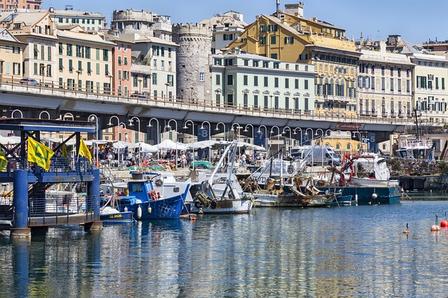
The Old Port of Genoa, also known as Porto Antico, is a historic port located in the heart of the city.
It was once a bustling hub for trade and commerce during the medieval era and also played a vital role in the maritime trade between Africa, Asia and Europe.
What to see or do: Today, the Old Port of Genoa has been transformed into a popular tourist destination. There are various attractions and activities to see and do in this area.
Visitors can take a stroll through the port and enjoy the stunning views of the seafront and the city.
They can also visit the Aquarium of Genoa, which is one of the largest aquariums in Europe, and houses over 6000 species of marine life.
Don’t miss: One of the highlights of the Old Port is the Bigo Lighthouse that offers panoramic views of the city.
Visitors can take a ride on the lift that goes up the lighthouse and enjoy the stunning views of the port, the city and the ocean.
Insider travel tips: – The best way to explore the Old Port of Genoa is on foot, so wear comfortable shoes.
3. The Cathedral of San Lorenzo
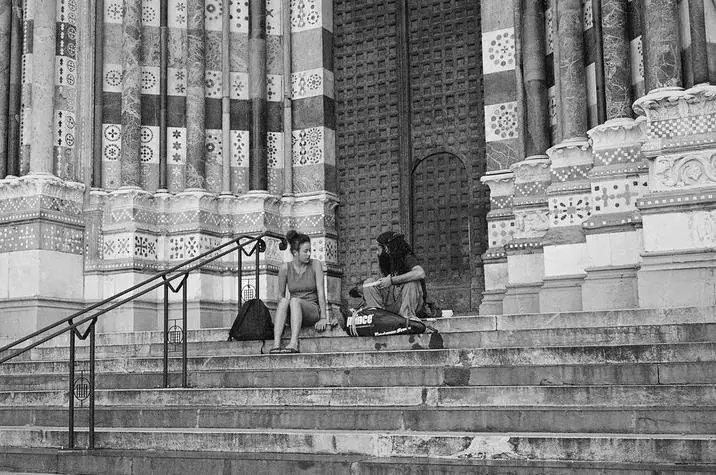
The Cathedral of San Lorenzo is a stunning 12th-century Romanesque cathedral located in the heart of Genoa, Italy.
What to see or do: Visitors can admire the beautiful architecture of the cathedral, including its striped black and white marble façade and its bell tower.
Inside, there are numerous works of art on display, including paintings by Rubens and Van Dyck. The cathedral also houses the ashes of St.
John the Baptist.
Don’t miss: Be sure to check out the Chapel of St. John the Baptist, which was built in the 14th century and features lovely frescoes and intricate marble work.
Insider travel tips: – If possible, plan your visit for a sunny day to truly appreciate the beauty of the cathedral’s exterior.
4. Palazzo Ducale
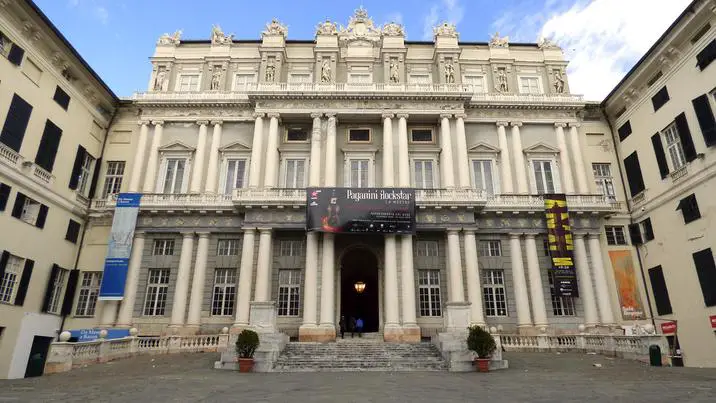
Palazzo Ducale is a historic palace located in the heart of Genoa, Italy. It was once the residence of the Doge of Genoa and is now a popular tourist attraction.
What to see or do: Visitors to Palazzo Ducale can explore the lavish rooms and learn about the history of Genoa through the palace’s impressive art collection.
The palace also hosts temporary art exhibitions throughout the year.
Don’t miss: Be sure to see the impressive frescoes in the Sala del Maggior Consiglio, which depict the city’s maritime power and history.
The Sala delle Grida, or “Room of Screams,” is also worth a visit for its haunting history.
Insider travel tips: Buy tickets online in advance to skip the queue and allow enough time to explore the palace thoroughly.
A guided tour is also available for those who want to delve deeper into the history and stories of the palace.
5. Piazza De Ferrari
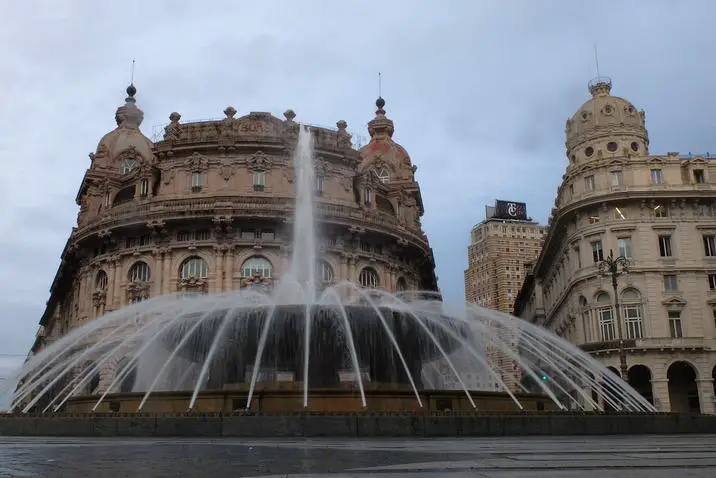
Piazza De Ferrari is the main square of Genoa, located in the heart of the city.
What to see or do: Marvel at the stunning fountain at the center of the square. Admire the impressive buildings surrounding the square, including the Palace of the Doges and the Teatro Carlo Felice.
Take a stroll along the elegant Via XX Settembre, lined with high-end boutiques and shops.
Don’t miss: Make sure to check out the famous bronze statue of Christopher Columbus located in the center of the square. Don’t forget to enjoy an authentic Italian gelato from one of the many nearby cafes.
Insider travel tips: Visit the square during the day to see it come to life with street performers and vendors, or at night when it becomes a quiet and romantic spot.
Consider taking a walk up to the nearby hill of Castelletto for stunning views over the city. Take the metro to De Ferrari station for easy access to the square.
6. Via Garibaldi
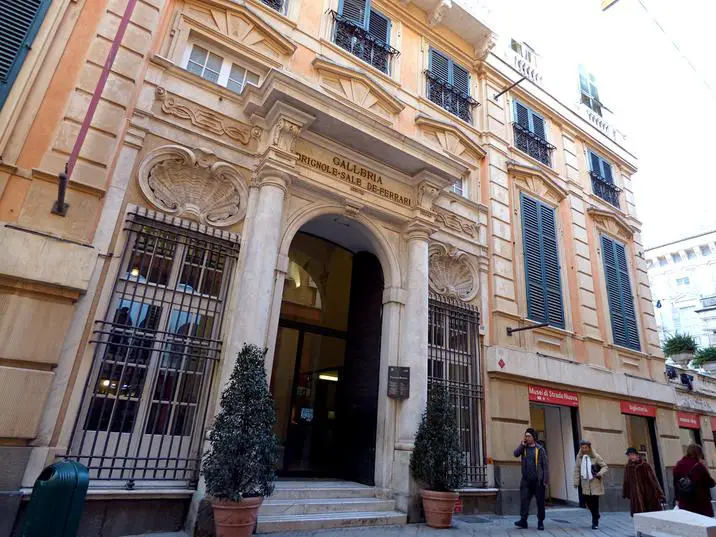
A street in the historic center of Genoa, Italy, known for its stunning architecture and rich history.
What to see or do: Take a leisurely stroll down the street and marvel at the beautiful Renaissance and Baroque buildings that line the way.
Many of these palazzos have now been converted into museums, galleries, and cultural centers, offering visitors a glimpse into Genoa’s past.
Some notable sites include Palazzo Rosso, Palazzo Bianco, and Palazzo Tursi.
Don’t miss: Palazzo Rosso, a 17th-century Genoese palace that is now a museum. Here you can admire a collection of paintings, sculptures, and decorative arts from the 17th and 18th centuries.
Insider travel tips: Take the time to explore the side streets and alleyways that lead off of Via Garibaldi. You’ll discover hidden gems like small boutiques and cozy cafes tucked away in quiet corners.
And be sure to wear comfortable shoes; the uneven cobblestone streets can be challenging to navigate in high heels or dress shoes.
7. The Museum of Galata
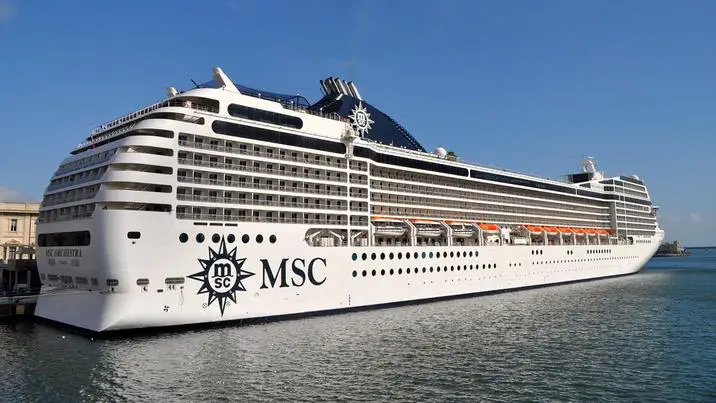
The Museum of Galata, located in the heart of Genoa, is a maritime history museum that houses over 6000 exhibits relating to shipbuilding, navigation, and life at sea.
What to see or do: Visitors can explore the four floors of the museum and discover a wealth of maritime artifacts, including ship models, nautical instruments, art, and objects relating to the history and culture of Genoa.
Don’t miss: One of the must-sees in the museum is the reconstruction of the 17th-century galley ship called “Santo Stefano,” which gives visitors an immersive experience of the life on a Mediterranean galley ship.
Insider travel tips: – Give yourself at least 2 hours to fully explore the museum.
8. The Lighthouse of Genoa
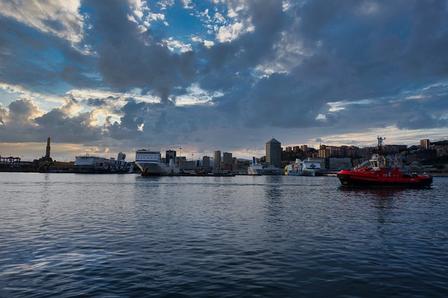
The Lighthouse of Genoa, also referred to as Lanterna, is a historic lighthouse located in the city of Genoa, Italy.
What to see or do: Visit the lighthouse and climb up to the top to enjoy panoramic views of the city and the sea. The lighthouse also hosts a small museum showcasing its history and significance.
Don’t miss: The breathtaking vista from the top of the lighthouse, especially at sunset. Also, take a stroll around the surrounding area to enjoy the charming ambiance of the old port.
Insider travel tips: – It’s recommended to visit the lighthouse during daytime as navigational lights are turned on only in the night.
9. The Museum of Palazzo Reale

The Museum of Palazzo Reale is an art museum located in the heart of Genoa, Italy. The museum is housed in a grand 17th-century palace that was once the residence of the Doges of Genoa.
What to see or do: Visitors can explore the museum’s impressive collection of art and artifacts, which span the 16th to the 19th centuries. The museum features works by some of Italy’s finest artists, including Bernardo Strozzi and Luca Giordano.
Highlights of the collection include breathtaking frescoes, ornate furnishings and intricate sculptures.
Don’t miss: One of the standout pieces in the museum is the Golden Room, a stunningly ornate chamber that is covered in gold leaf and adorned with a variety of intricate paintings and carvings.
Visitors should also make sure to visit the Main Salon, which features an impressive collection of 18th-century art.
Insider travel tips: The Museum of Palazzo Reale can get busy at peak times, so visitors should consider arriving early to avoid the crowds.
Another insider tip is to take a guided tour of the museum – this will provide a more in-depth look at the collection and its history.
Lastly, make sure to snap some photos of the gorgeous architecture and grand interior of the palace.
10. The Church of San Matteo
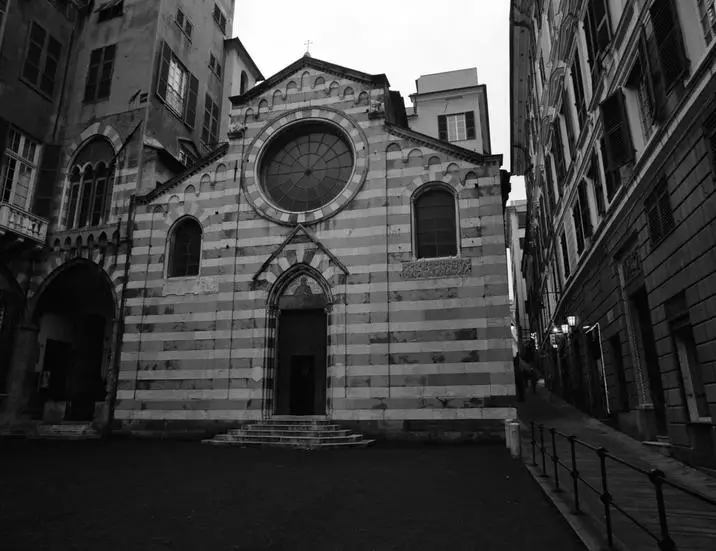
The Church of San Matteo is a historic church located in the heart of Genoa, Italy.
It is an impressive example of medieval architecture and is considered to be one of the most beautiful churches in the city.
What to see or do: Visitors can admire the intricate frescoes and stunning stained-glass windows that decorate the church’s interior. The Gothic-style architecture is also a must-see, with its vaulted ceilings, marble columns, and elaborate carvings.
Don’t miss: Be sure to check out the tomb of St. Caterina Fieschi Adorno, a local saint who was buried in the church after her death in 1510.
The tomb is a masterpiece of Renaissance art and a popular pilgrimage site for many locals.
Insider travel tips: To avoid the crowds, plan on visiting the Church of San Matteo early in the morning or late in the afternoon.
Also, be aware that the church is closed on Mondays, so plan accordingly.
If you want to learn more about the history of the church, consider hiring a local guide who can provide more insights and information.
11. The Basilica of Santa Maria di Castello

The Basilica of Santa Maria di Castello is a stunning church located in the heart of Genoa, Italy. Built in the 13th century, the basilica boasts a unique mix of Gothic and Romanesque architectural styles.
What to see or do: Visitors can take in the beauty of the historic frescoes and intricate artwork that adorn the interior of the basilica. The stunning rose window is a popular feature, as well as the ornate marble altar and pulpit.
Don’t miss: Make sure to explore the adjacent museum which houses a collection of medieval and Renaissance art, including works by notable Italian artists such as Luca Cambiaso and Giovanni Benedetto Castiglione.
Visitors can also take a stroll through the peaceful cloister garden.
Insider travel tips: – To avoid crowds, visit the basilica early in the morning or later in the evening.
12. The Teatro Carlo Felice
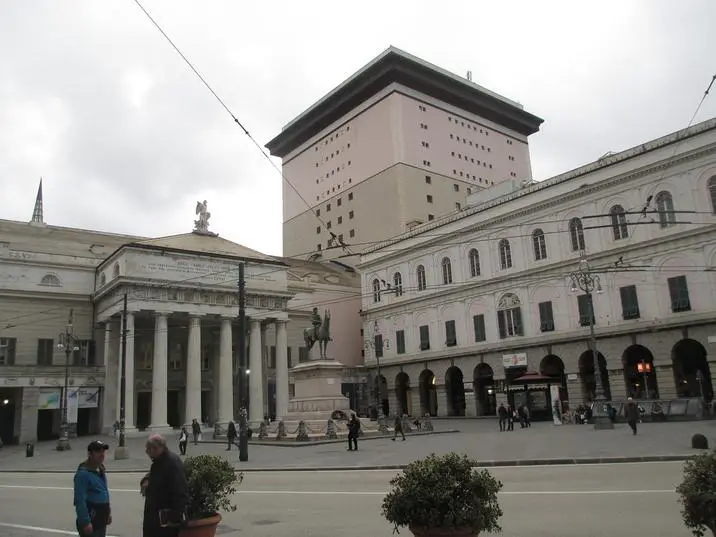
The Teatro Carlo Felice is a historic opera house located in the heart of Genoa, Italy. It was founded in 1828 and has been a significant cultural institution ever since.
What to see or do: Visitors can enjoy performances of opera, ballet, and classical music at this stunning venue. The theater is known for its exceptional acoustics, elegant decor, and grand stage.
Don’t miss: Don’t miss a chance to see a performance at this iconic theater. Check the schedule ahead of time and book your tickets in advance to ensure the best seats.
Insider travel tips: If you’re on a budget, consider purchasing standing room tickets, which are significantly cheaper than regular seats. Additionally, if you want to avoid the crowds, attend a weekday performance instead of a weekend one.
Finally, make sure to explore the surrounding Piazza De Ferrari before or after your visit to the theater.
13. The Cimitero Monumentale di Staglieno
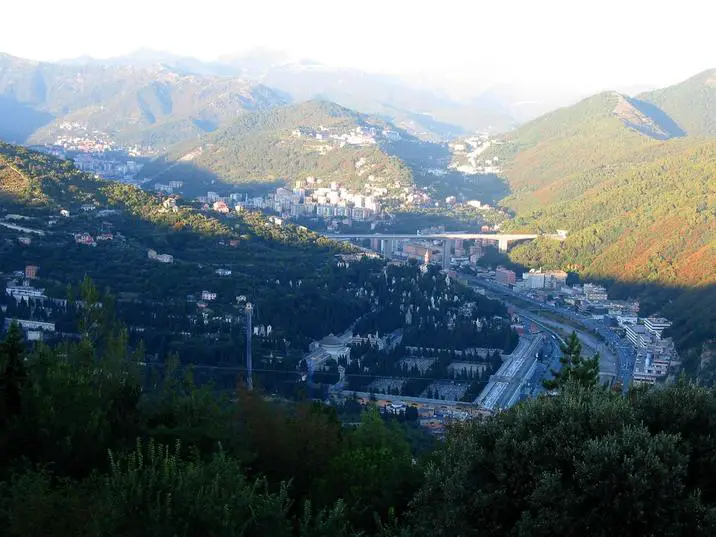
The Cimitero Monumentale di Staglieno is a cemetery in Genoa, Italy that is renowned for its elaborate and impressive funerary art and sculptures.
What to see or do: Visitors can expect to see a vast collection of impressive sculptures, mausoleums, and tombs throughout the cemetery’s sprawling grounds.
The sculptures range from small, intimate pieces to imposing and grandiose monuments that tell the stories of the people buried beneath them.
Don’t miss: Don’t miss the opportunity to see some of the most exceptional funerary art in Europe.
Some of the most famous sculptures within the cemetery include the Monument to Giuseppe Mazzini, a memorial to the famous Italian political activist, and the Deposition, an evocative work by Italian sculptor Giulio Monteverde.
Insider travel tips: If you can, try to visit the Cimitero Monumentale di Staglieno on a weekday when it will be less crowded. Wear comfortable shoes because the cemetery is incredibly vast and requires quite a bit of walking.
Additionally, consider hiring a guide or taking a tour to get the most out of your experience as they will be able to provide you with valuable information about the art and history of the cemetery.
14. The Museum of Oriental Art

The Museum of Oriental Art is a museum located in the heart of Genoa, Italy, featuring an incredible collection of art and artifacts from Asia, Africa, and Oceania.
What to see or do: The museum offers an extensive collection of more than 4,000 pieces of art, including ceramics, sculptures, textiles, and precious objects.
Visitors can explore the galleries filled with masterpieces from China, Japan, India, and Southeast Asia, as well as artifacts from Tibet, Nepal, Africa, and Oceania.
Don’t miss: Don’t miss the incredible porcelain collection from China, featuring pieces from the Tang and Song dynasties, as well as the Japanese art section with its impressive collection of swords, armors, and kimonos.
Insider travel tips: – Take your time exploring the museum, as it has a vast collection of works of art and artifacts to admire.
15. The Biosphere
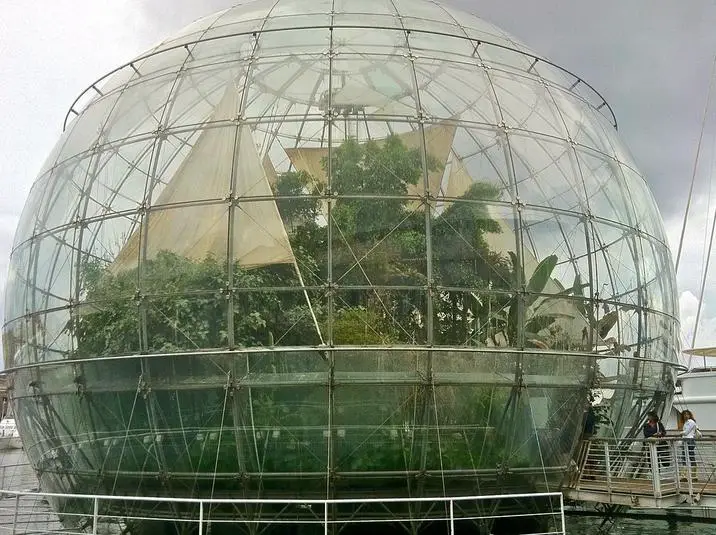
The Biosphere is a fascinating museum located in Genoa, Italy that focuses on the environmental sustainability of our planet.
What to see or do: Visitors to the museum can enjoy a variety of exhibits that cover different aspects of sustainable living. Interactive displays, high-tech simulations, and virtual reality experiences bring these important topics to life.
Don’t miss: One particularly impressive exhibit is the Biosphere’s “tropical forest”, a climate-controlled dome that houses over 150 species of plants and animals from the South American rainforest.
Visitors can walk through the lush environment, observe the creatures, and learn how human activity is impacting this delicate ecosystem.
Insider travel tips: – Plan to spend at least a couple of hours at the museum to fully explore all of the exhibits.